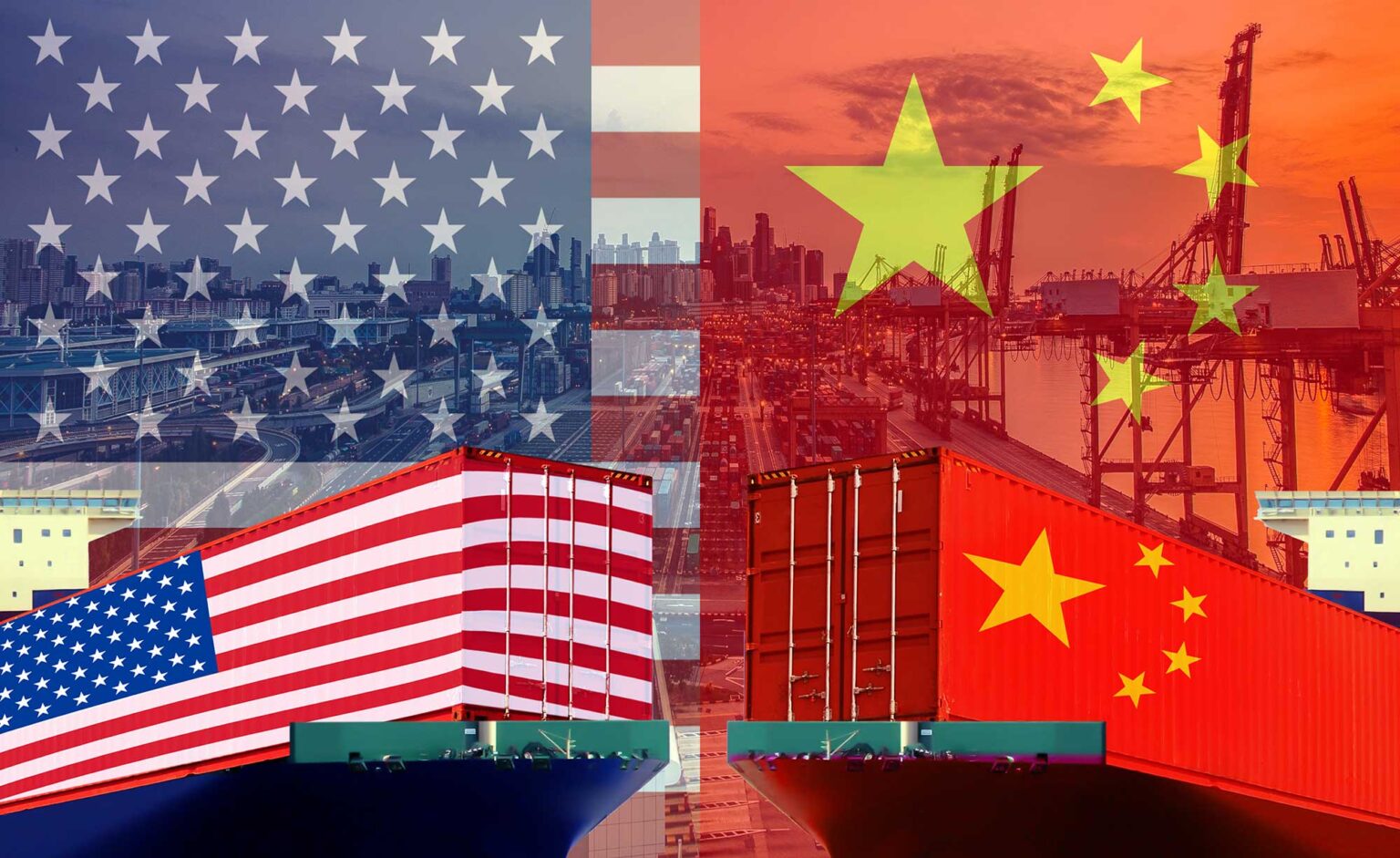The United States and China agreed today to dramatically reduce tariffs on each other’s goods, marking a notable shift in their trade relationship after years of escalating tensions.
Following high-level negotiations in Geneva over the weekend, both sides committed to lowering the headline tariffs they had imposed during the trade war, signaling an effort to reset ties from confrontation to cautious cooperation.
Under the new agreement, the United States will cut its “reciprocal” tariff on Chinese goods from 125 percent to 10 percent, a move that surprised markets with its scale. However, a separate 20 percent tariff targeting Chinese companies over their alleged involvement in the fentanyl crisis will remain in place.
In turn, China will reduce its retaliatory tariffs on U.S. imports to 10 percent, also down from 125 percent. The lowered tariffs are set to last for 90 days as both sides prepare for broader negotiations.
“Both countries represented their national interest very well,” U.S. Treasury Secretary Scott Bessent told Reuters after talks with Chinese officials in Geneva. “We both have an interest in balanced trade, the U.S. will continue moving towards that.”
The news sent financial markets sharply higher. The Nasdaq jumped around 4 percent, and the Dow Jones Industrial Average rebounded to levels not seen since before President Donald Trump’s tariff escalation in early April.
Shares in trade-sensitive companies such as Apple, Amazon, and Tesla all surged, while the dollar strengthened and bond yields climbed. Investors also began reassessing expectations for Federal Reserve interest rate cuts.
Trade flows between the U.S. and China had collapsed in recent months, causing serious disruption for global supply chains and businesses reliant on imports and exports. The sudden rollback of tariffs opens a narrow window to avoid further economic damage, though many economists remain cautious.
ING’s Inga Fechner noted that the deal could unravel quickly, especially as China is seen as emerging from the talks without making meaningful concessions. “I wouldn’t even bet on this 90-day tariff pause to hold,” she warned Wall Street Journal reporters.
Indeed, analysts say the U.S. has yet to secure any commitments from Beijing to increase purchases of U.S. goods or to open up its markets. Mark Williams of Capital Economics described the move as China “calling Trump’s bluff,” and said China offered little in the way of addressing structural trade concerns.
Even with the lower tariffs, Chinese exports to the U.S. are still expected to decline significantly. Williams estimates they could fall by up to a third, given the lingering 40 percent effective tariff rate. That’s a less severe drop than what would have occurred under the prior 125 percent tariffs, but it still reflects a major reshaping of trade between the world’s two largest economies.

One unresolved issue is the set of tariffs tied to fentanyl. While China has shown signs it may be open to discussions, removing these tariffs could be politically risky for the Trump administration without significant action from Beijing on curbing fentanyl production and exports.
Finally, the agreement has implications for global investment trends. European equities have outperformed U.S. stocks in part due to fears surrounding the U.S.-China trade war. A meaningful de-escalation, if it holds, could shift momentum back toward American markets, analysts at Deutsche Bank suggested.
While the truce provides temporary relief and sparks optimism, it also raises a new set of questions about enforcement, follow-through, and what the next 90 days will bring.
»Related: $5 billion in meat exports to China is on shaky ground


